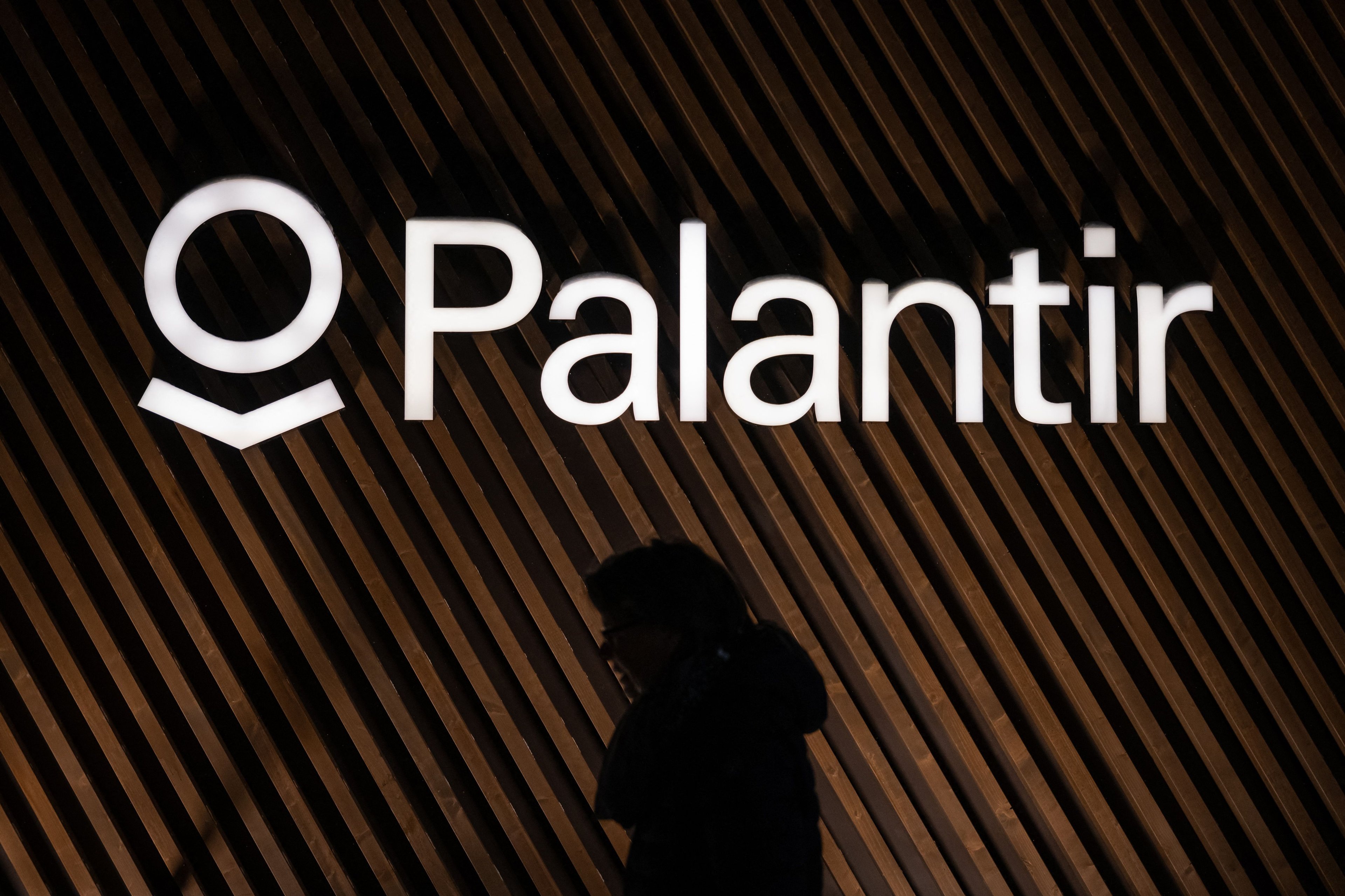There's no question that one of the overriding themes driving tech stocks over the past few years is advancements in artificial intelligence (AI). In fact, nine of the world's top 10 most valuable companies all have close ties to AI, and others are climbing the ranks at a dizzying pace.
Chipmaker Nvidia (NVDA 1.20%) recently won the footrace to become the world's first $4 trillion company. Microsoft and Apple are close behind, currently boasting market caps of $3.8 trillion and $3.2 trillion, respectively. Rounding out the top five are Amazon and Alphabet, worth $2.4 trillion and $2.3 trillion, respectively.
With a current market capitalization of just $359 billion, it may seem premature to suggest that Palantir Technologies (PLTR +2.79%) is on track to earn its place in the $1 trillion club. Yet, while many companies are still developing their AI strategy, Palantir has developed a unique approach that is both successful and extremely profitable.

Image source: Getty Images.
Decades of AI expertise
Palantir only joined the ranks of publicly traded companies in 2020, but has been developing AI out of the spotlight for more than 20 years. While the company cut its teeth crafting AI tools for the U.S. government and its allies, it has since focused on enterprise solutions that provide actionable intelligence for businesses.
Given its extensive work in the field, it should come as no surprise that Palantir was able to lean into its decades of expertise when generative AI emerged in late 2022. The company moved quickly to capitalize on the opportunity, developing its Artificial Intelligence Platform (AIP), which leverages generative AI to develop solutions for company-specific problems. However, it was the company's novel approach that was a stroke of sheer genius.
Palantir hosts "boot camps," or workshops to demonstrate the utility of AIP and develop a customized approach to meet the specific needs of its customers. During these sessions, users work alongside Palantir engineers to create solutions for real-world business problems.
This strategy has supercharged Palantir's results. In the first quarter, Palantir's revenue of $884 million marked an increase of 39% year over year and 7% sequentially. But that tells only part of the story. The biggest contributor was its U.S. commercial revenue, which jumped 71% to $255 million, and represented 29% of total revenue, thanks to a strong demand for AIP.
The segment ended the quarter with contract value of $810 million, up 183% year over year. This helped fuel Palantir's growing remaining performance obligation -- or contractually obligated sales that aren't yet included in revenue -- which climbed to $1.9 billion, up 46%. This helps provides keen insight into future results, since the company has yet to recognize this revenue.
Furthermore, Palantir again increased its guidance, forecasting at least 68% growth for the U.S. commercial segment -- which includes AIP -- for 2025, up from its previous outlook for 54% growth.
The path to $1 trillion
Palantir's AI expertise and its ability to tap into the growing demand for AI solutions have been a boon to the company and shareholders, driving the stock up 1,920% since the advent of generative AI in late 2022. And that could be just the beginning.
According to Wall Street, Palantir is forecast to generate sales of $3.9 billion in 2025, giving it a forward price-to-sales (P/S) ratio of about 91 (not a typo). Assuming its P/S remains constant, Palantir would have to grow its revenue to nearly $11 billion annually to support a $1 trillion market cap.
Wall Street is forecasting annual revenue growth of 34.3% for Palantir over the next five years. If the company is able to grow at that pace, it could reach a $1 trillion market cap by 2029. Yet some believe Palantir's growth will continue to accelerate, which would make that timing conservative.
Don't take my word for it. Wedbush analyst Dan Ives has crunched the numbers and believes Palantir's market cap could hit $1 trillion between 2027 and 2028. Ives argues that the AI revolution will continue to drive growth. He goes on to say that those focused solely on valuation have missed "every transformational tech stock over the past 20 years." Ives has also gone on record saying, "We believe the Street is underestimating the $1 billion-plus revenue stream that Palantir's AIP U.S. commercial business can evolve into over the next few years."
Palantir's results seem to support that view, as revenue and earnings-per-share growth have continued to accelerate in each of the past nine quarters.

NASDAQ: PLTR
Key Data Points
The fly in the ointment
To be clear, the stock's valuation is enough to make any value investor run for cover. Palantir is currently selling for 91 times forward sales and 207 times next year's earnings. Multiples of that magnitude almost always lead to extreme volatility, and Palantir is no different. As such, the stock will be subject to big swings, both up and down, and isn't for the faint of heart. Investors wary of the valuation but still wanting get in on the action could buy a small stake or use a strategy of dollar-cost averaging to built a position over time.
Estimates regarding the potential for generative AI abound, but no one knows for sure. One of the more conservative estimates posits the AI market could grow to between $2.6 trillion and $4.4 trillion annually, according to global management consulting firm McKinsey & Company.
If the company can continue to accelerate its growth and fend off would-be rivals -- and I believe it can -- Palantir could achieve a market cap of $1 trillion over the next few years by merely continuing along its current growth trajectory.





